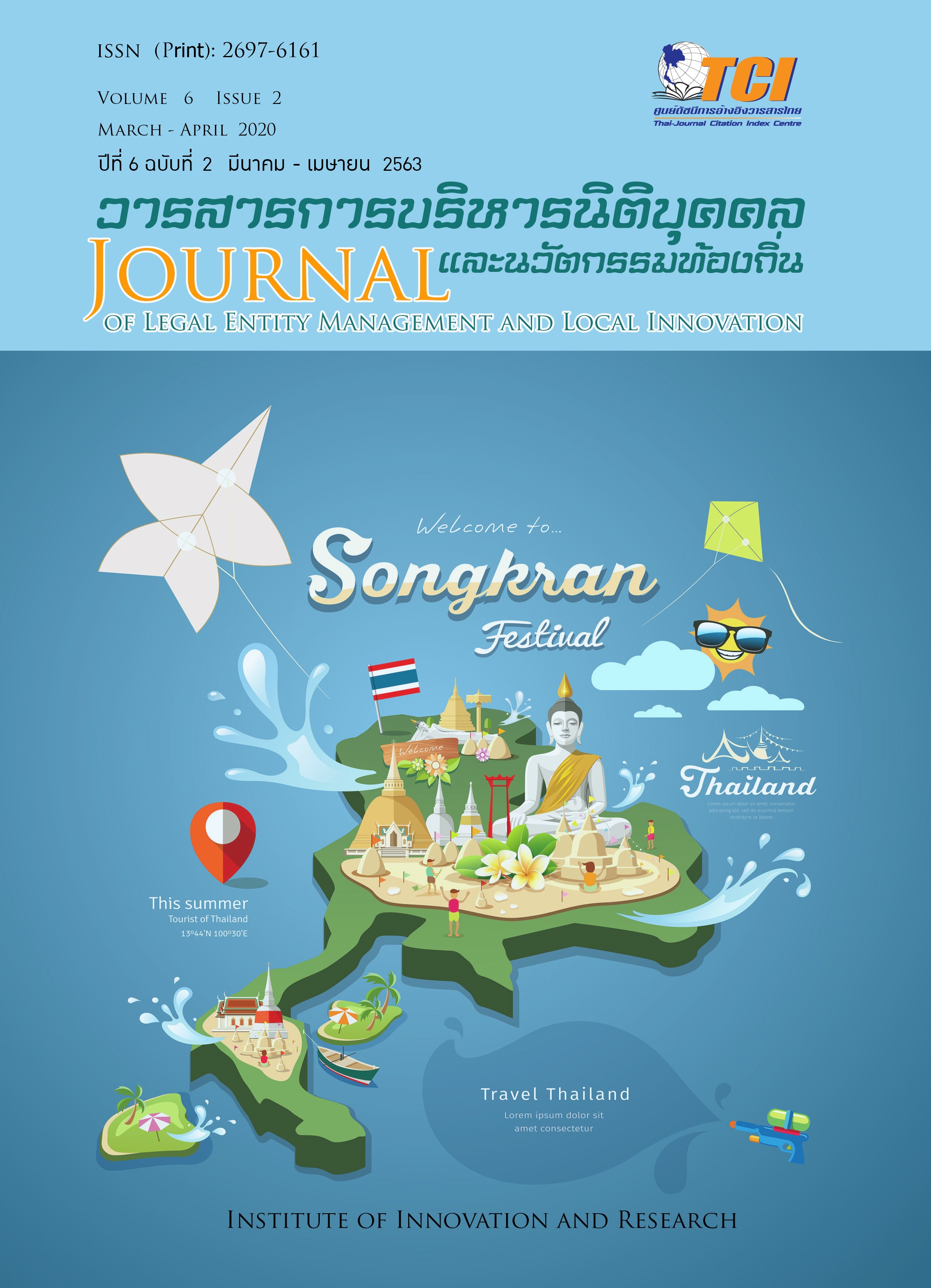The Effects of Blended Learning Using Visual Programming to Promote Computational Thinking, Learning Achievement and Programming Ability for Primary 4 Students
Keywords:
Blended Learning, Visual Programming, Computational Thinking, Programming AbilltyAbstract
The purposes of the research were 1) to compare the computational thinking of students studied with blended learning by using visual programming, 2) to compare the learners’ learning achievement by using blended learning with visual programming, 3) to assess the ability to programming of learners using blended learning with visual programming, and 4) to study the students’ satisfaction towards blended learning using visual programming. The sample group consisted of 15 Grade 4 students and selected using the Cluster Random Sampling method. The research tools were 1) 10 blended learning plans for visual programming, 2) computational thinking test, 3) learning achievement test, 4) ability test in basic programing and 5) students’ satisfaction test towards blended learning using visual programming. The data analysis applied average, standard deviation and t-test dependent. The results were as follows; 1) Students who studied with the blended learning using visual programming developed by the researcher had higher computational thinking after studying significantly at .01 level, 2) Students who studied with the blended learning using visual programming developed by the researcher had higher academic achievement after studying significantly at .01 level, 3) Students who studied with the blended learning using visual programming developed by the researcher had a good level of the overall ability to programming, and 5) Students who studied with the blended learning using visual programming developed by the researcher had a high level of agreement on overall satisfaction towards blended learning. (= 4.65 S.D. = 0.18)


